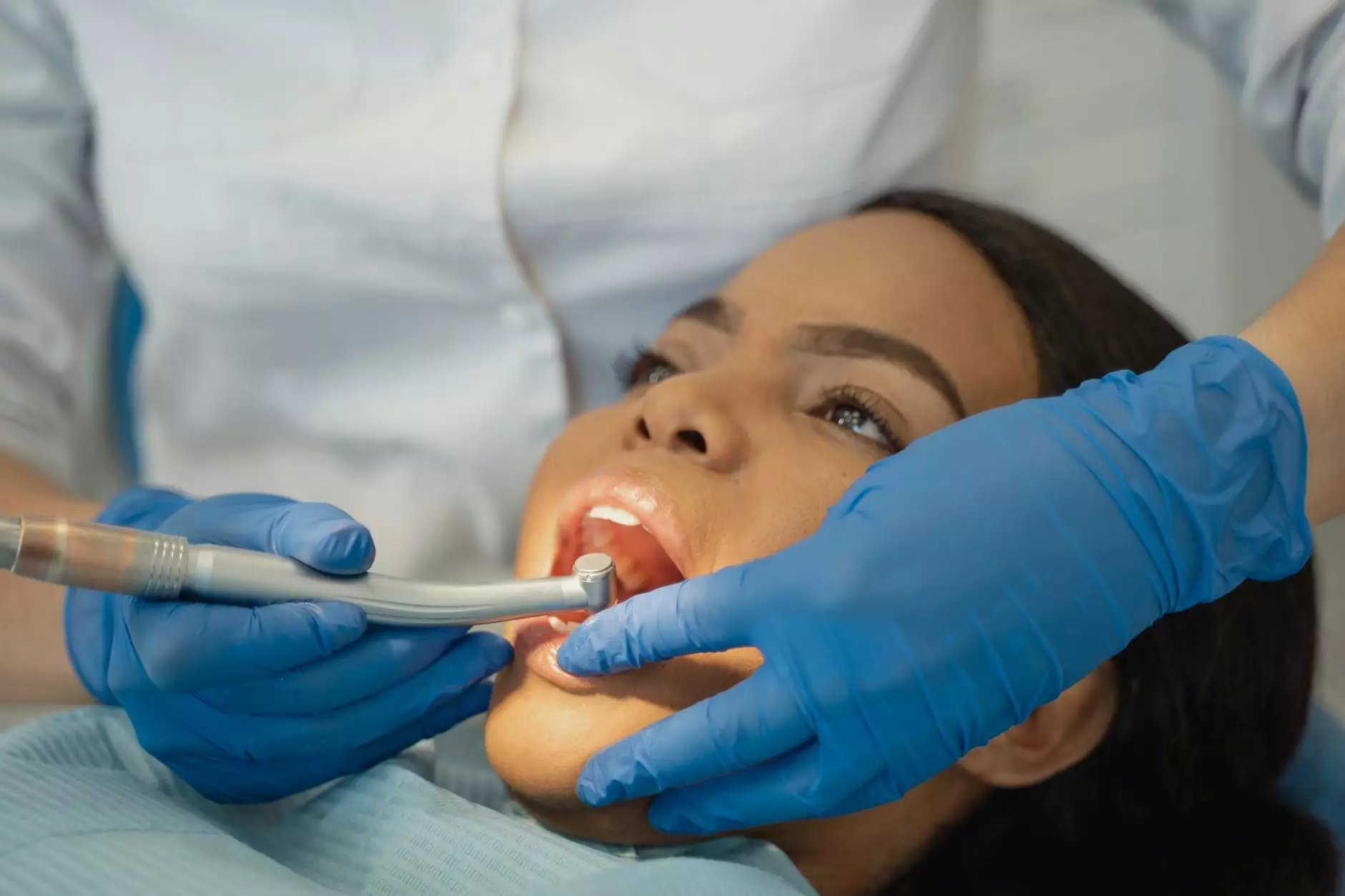Adhesive Capsulitis of the Right Shoulder: A Comprehensive Guide

Adhesive capsulitis of the right shoulder, widely known as "frozen shoulder," is a painful condition that can severely impair mobility and function. It is characterized by stiffness and pain in the shoulder joint, which can restrict a person's daily activities and overall quality of life. This article dives deep into the intricacies of adhesive capsulitis, covering its symptoms, causes, diagnosis, treatment options, and tips for recovery.
What is Adhesive Capsulitis?
Adhesive capsulitis is a condition that affects the capsule of connective tissue surrounding the shoulder joint. This condition typically develops gradually and is divided into three primary stages:
- Freezing Stage: This is the onset phase where pain begins to occur, and the shoulder gradually loses range of motion.
- Frozen Stage: In this stage, the shoulder becomes stiffer, and the pain may improve, but the range of motion remains limited.
- Thawing Stage: This is the recovery phase where shoulder movement gradually improves.
Symptoms of Adhesive Capsulitis of the Right Shoulder
The symptoms associated with adhesive capsulitis can vary but typically include:
- Severe shoulder pain that worsens with movement.
- Progressive stiffness that limits the range of motion of the shoulder.
- Difficulty with daily activities, such as reaching for objects, lifting, or dressing.
- Night pain that can interfere with sleep.
Individuals with adhesive capsulitis often experience a gradual intensification of these symptoms, which can lead to frustration and decreased quality of life.
Causes of Adhesive Capsulitis
The exact causes of adhesive capsulitis remain unclear; however, certain factors may contribute to its development:
- Injury or Surgery: Shoulder injuries or surgeries can trigger the onset of adhesive capsulitis.
- Prolonged immobility: Keeping the shoulder immobile for extended periods due to injury or other medical conditions may lead to stiffness.
- Medical Conditions: Conditions such as diabetes, stroke, thyroid disorders, and heart disease are linked to an increased risk of developing frozen shoulder.
- Age and Gender: Individuals between the ages of 40 and 60, especially women, are more likely to experience this condition.
Diagnosing Adhesive Capsulitis of the Right Shoulder
Proper diagnosis of adhesive capsulitis involves a thorough medical evaluation. Healthcare professionals typically use the following methods:
- Medical History: A detailed history of symptoms and any previous shoulder injuries or surgeries.
- Physical Examination: A physical examination to assess pain, range of motion, and overall shoulder function.
- Imaging Tests: X-rays or MRI scans may be conducted to rule out other potential causes of shoulder pain.
Treatment Options for Adhesive Capsulitis
Treatment for adhesive capsulitis of the right shoulder commonly involves a multi-faceted approach:
1. Physical Therapy
Physical therapy is essential in the treatment of adhesive capsulitis. Physical therapists will develop individualized treatment plans that may include:
- Stretches to improve shoulder flexibility.
- Strengthening exercises to stabilize the shoulder.
- Manual therapy techniques to alleviate pain and improve range of motion.
- Education on home exercises for continued improvement.
2. Medications
Nonsteroidal anti-inflammatory drugs (NSAIDs) such as ibuprofen or naproxen can effectively reduce pain and inflammation. In cases of severe pain, doctors may prescribe corticosteroid injections to provide temporary relief and reduce inflammation.
3. Modalities
In some instances, modalities such as heat therapy, ice packs, ultrasound, and electrical stimulation may be utilized to relieve pain and improve circulation.
4. Surgical Options
In rare cases where conservative treatments fail to provide relief, surgical interventions may be recommended. These can include:
- Arthroscopic Capsular Release: A minimally invasive procedure to free up the tightness within the shoulder capsule.
- Manipulation Under Anesthesia: A procedure where the shoulder is manipulated while the patient is under anesthesia to break up adhesions.
Recovery and Rehabilitation
The recovery process for adhesive capsulitis can be lengthy, often spanning several months. It is crucial to remain consistent with physical therapy and adhere to prescribed home exercise regimens. Here are some tips for promoting a successful recovery:
- Follow a structured rehabilitation program as guided by your physical therapist.
- Gradually increase the intensity of exercises to build strength and flexibility safely.
- Practice patience, as full recovery can take anywhere from six months to two years.
- Avoid activities that could exacerbate symptoms, particularly during the initial stages of treatment.
Living with Adhesive Capsulitis
Living with adhesive capsulitis can be challenging. Individuals may experience frustration due to the limitations in daily activities. Implementing coping strategies can help manage the condition:
- Seek support from healthcare providers for ongoing management.
- Consider counseling or support groups to help cope with the emotional aspect of the condition.
- Educate family and friends about the condition to garner understanding and assistance.
Conclusion
Adhesive capsulitis of the right shoulder is a condition that can cause significant pain and limit mobility. Understanding the symptoms, causes, and treatment options is essential for individuals who may be suffering from this condition. With the right approach involving physical therapy, medications, and possibly surgical interventions, there is a path to recovery. Above all, patience and adherence to treatment can lead to improved shoulder function and overall well-being.
For more information about adhesive capsulitis and support during your recovery, consider visiting iaom-us.com for resources on health, chiropractic care, and physical therapy.
adhesive capsulitis of right shoulder








